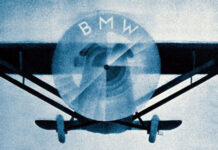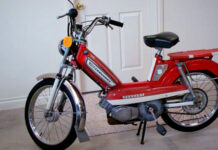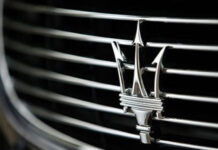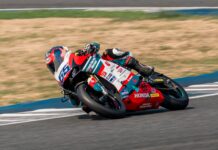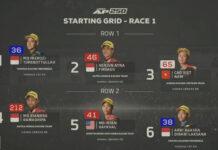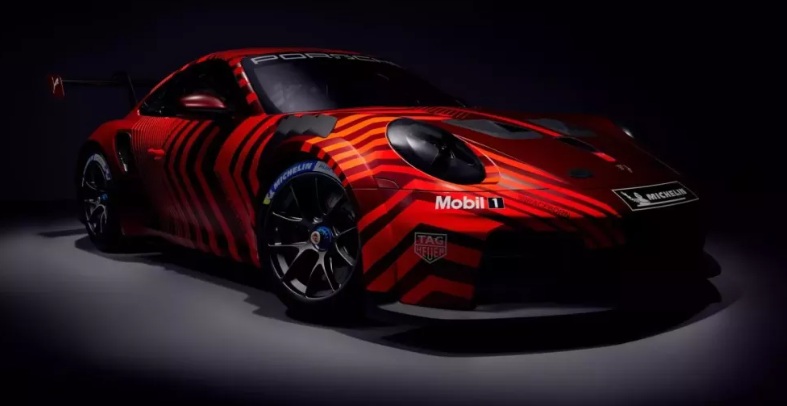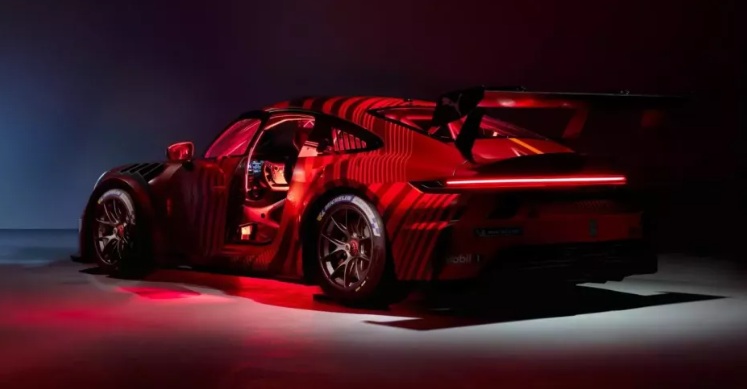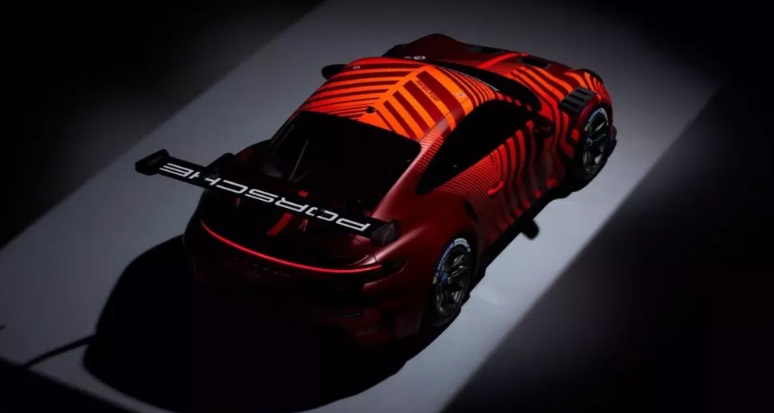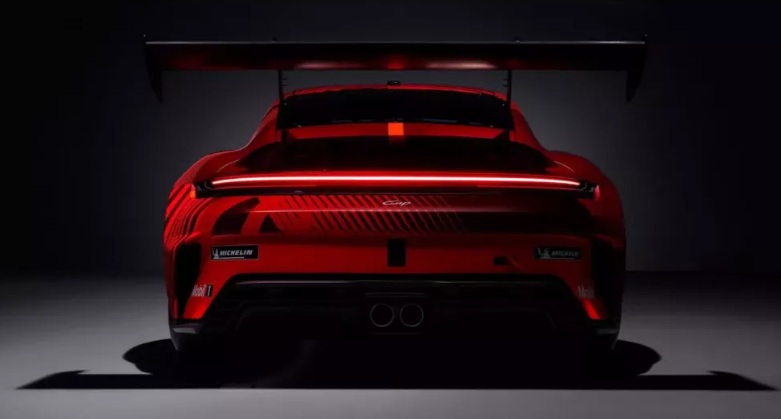Porsche Unveils the New 911 Cup for the Upcoming Racing Season
The Porsche 911 Cup 2026 has received several upgrades to improve performance, handling, and reduce ownership and operating costs.
The 2026 model features a design heavily influenced by the 992.2 generation. It boasts a three-piece front bumper that is easily replaceable, reducing maintenance costs. The front bumper and rear fender flares are integrated with air curtains to improve airflow, alongside an optimized underbody and rear wing for enhanced aerodynamics. The rear features a new “swan neck” wing design, accompanied by Michelin tires and carbon fiber components such as the hood and doors.
Inside the cabin, the Porsche 911 Cup 2026 sports a redesigned multifunction steering wheel and a streamlined dashboard with eight buttons instead of ten. The vehicle is also equipped with an electronic fire extinguisher monitoring system, an engine restart function, and a brake flasher. New features include a tire pressure monitoring system (TPMS), air temperature measurement, and GPS-based lap timing and pit stop timing, replacing the infrared sensor.
Unlike the 911 GT3 R, the Cup model retains the naturally aspirated 4.0L flat-six engine, water-cooled, based on the 911 GT3’s powerplant. Porsche has tuned the engine to produce an additional 10 horsepower, resulting in a total output of 513 horsepower. The car is paired with a six-speed manual transmission and offers three exhaust system options tailored to different racing series, such as the Porsche Mobil 1 Supercup and Carrera Cup.
Upgrades to the 911 Cup include larger brake discs, a Bosch M5 ABS system specifically designed for racing cars, and improved steering lock. These enhancements promise improved stability and safety on the racetrack.
Prior to its launch, the Porsche 911 Cup 2026 underwent extensive testing at renowned circuits like Monza, Lausitzring, and Weissach. The car is set to compete in the one-make racing series next year. Porsche expects the 2026 model to build on the success of its predecessor, which sold over 5,381 units globally, solidifying its position as one of the world’s most popular racing cars.















